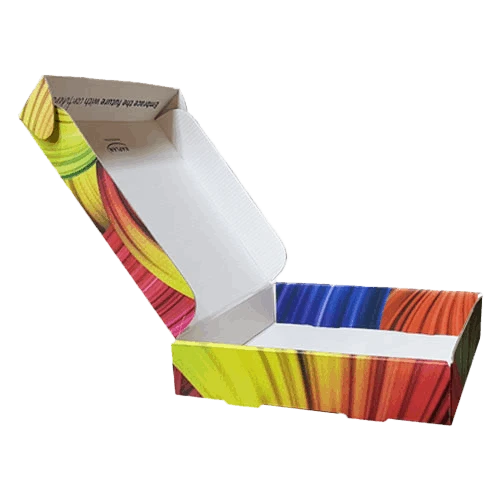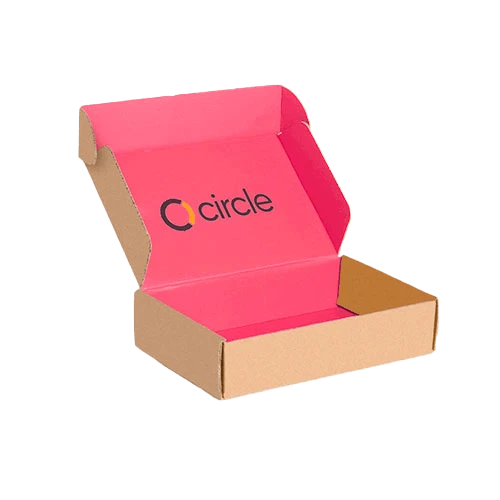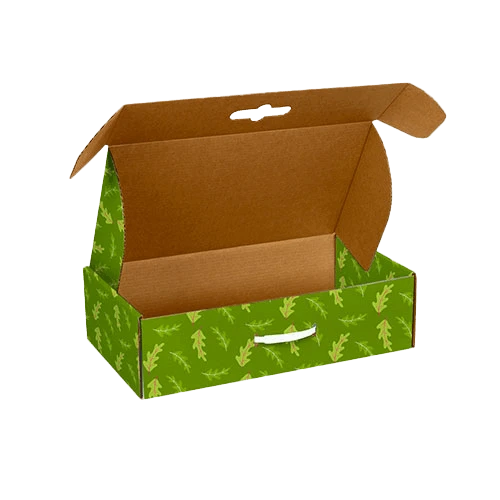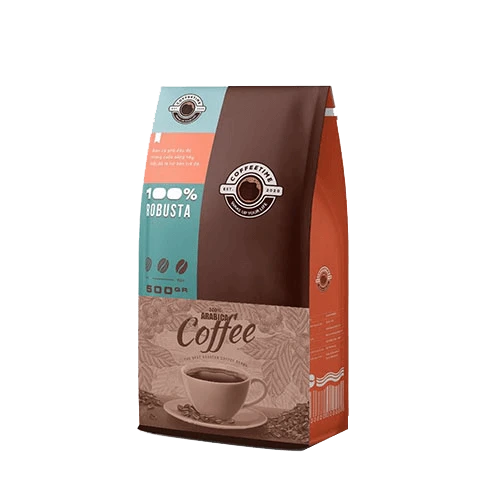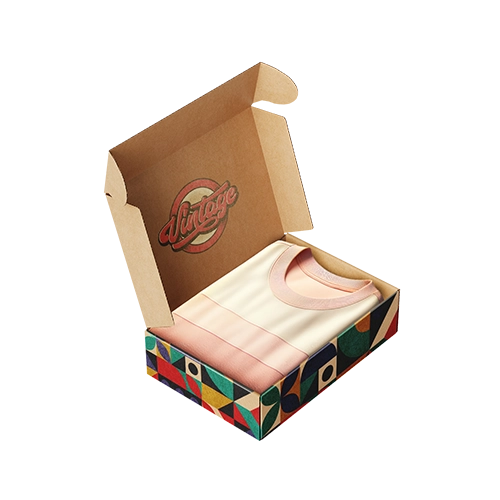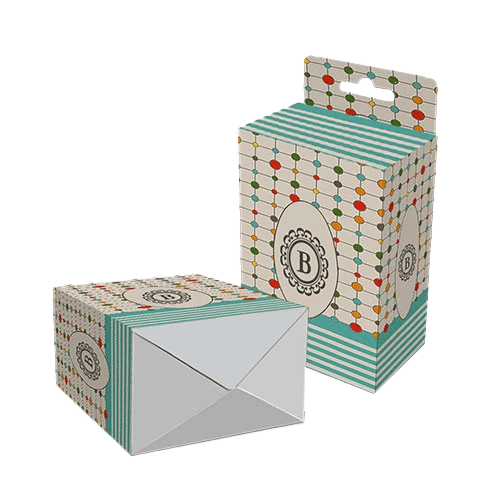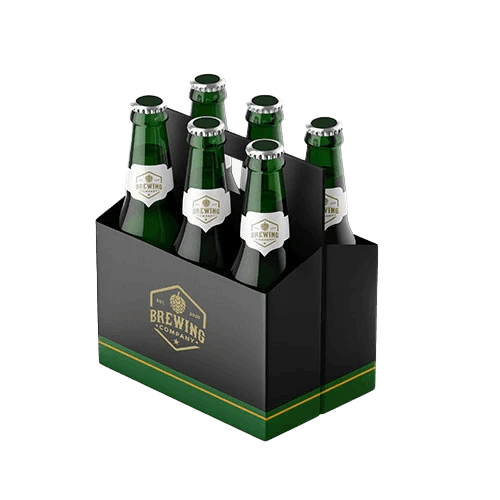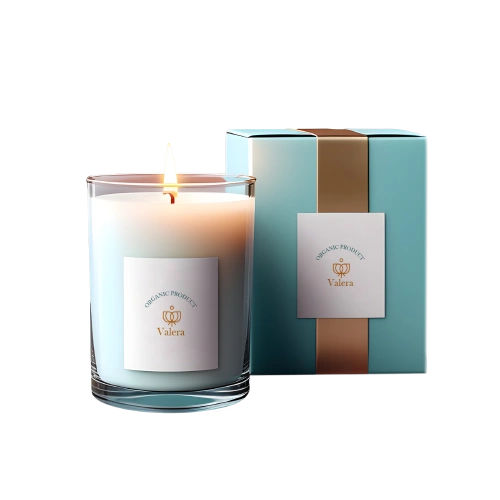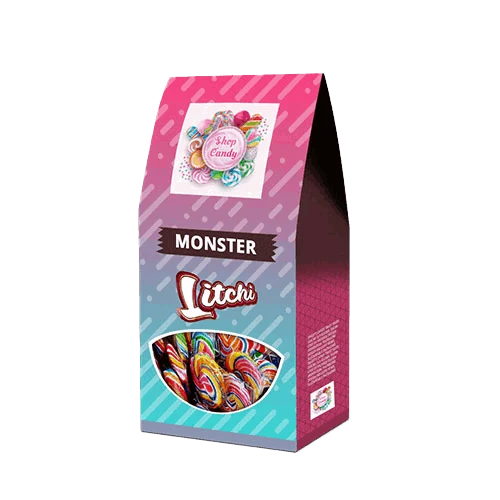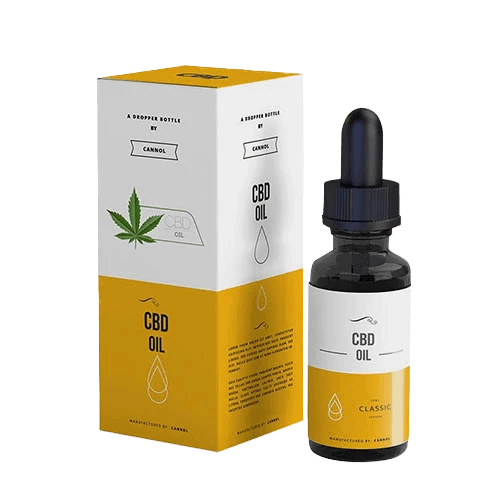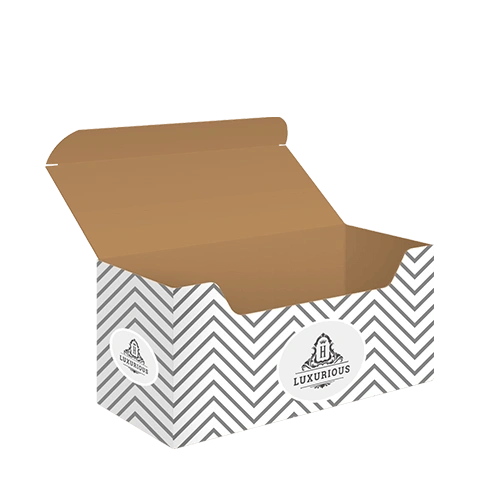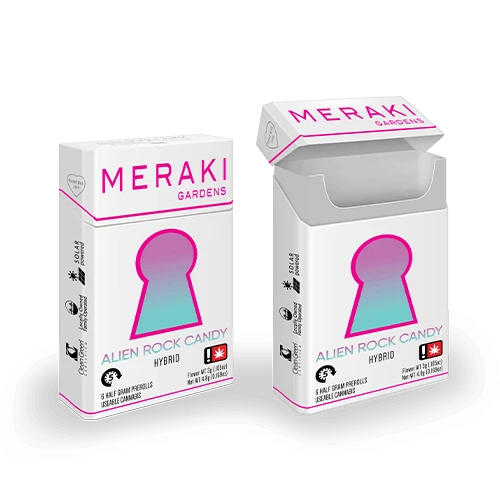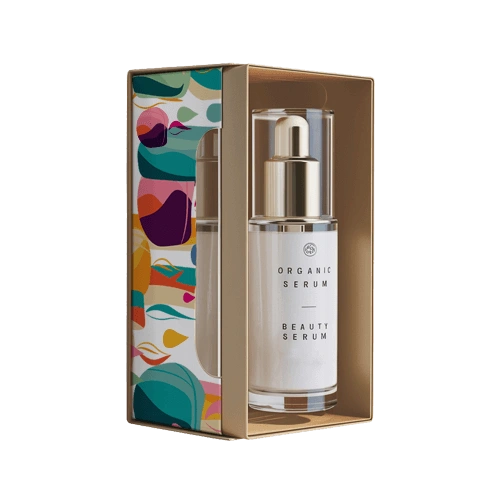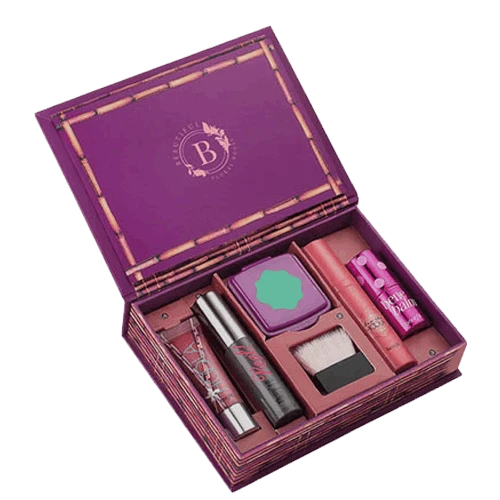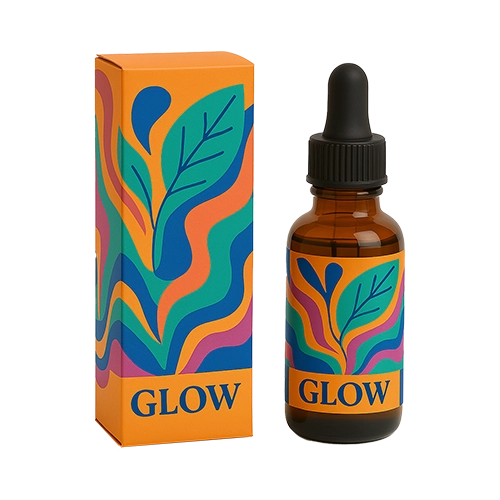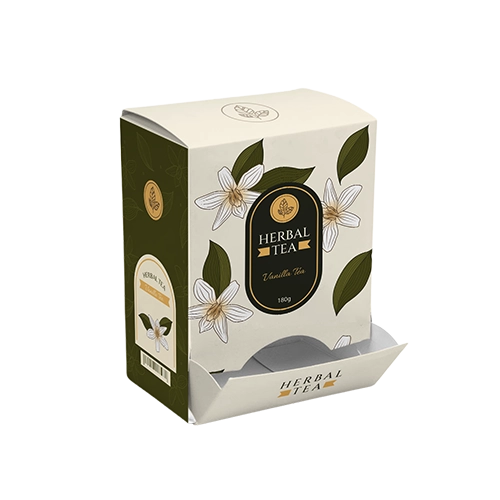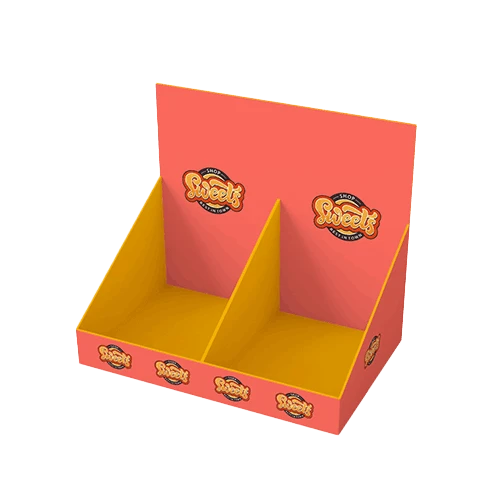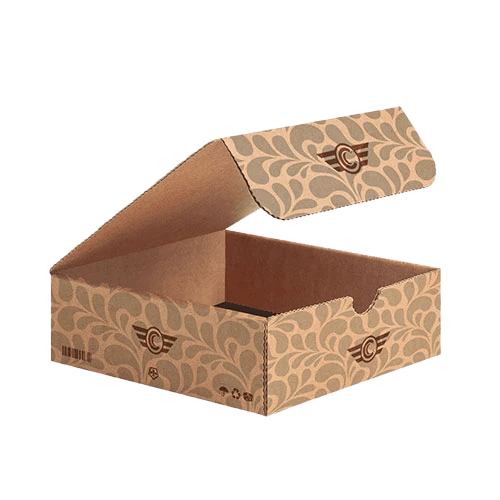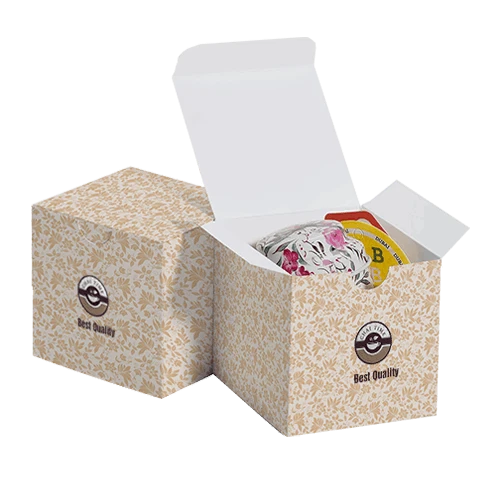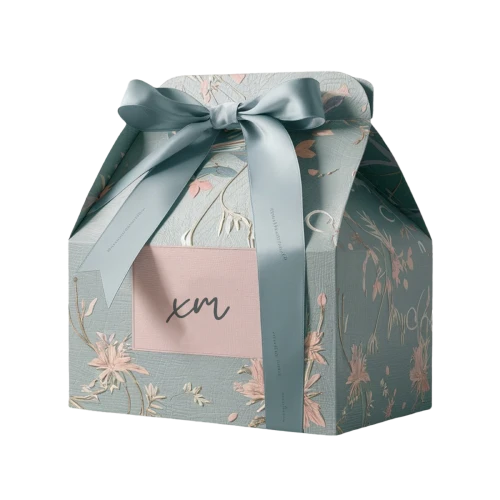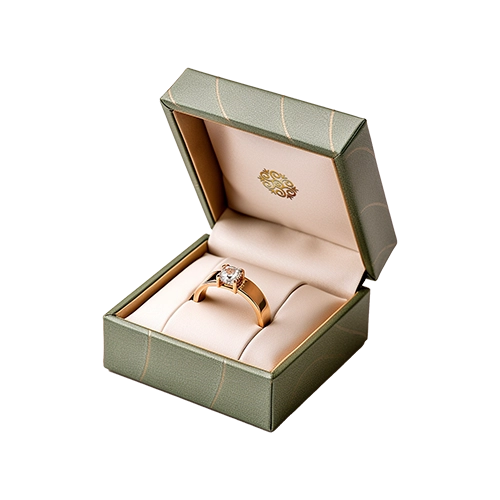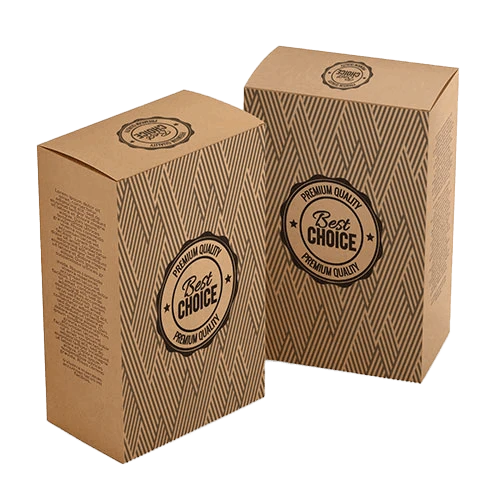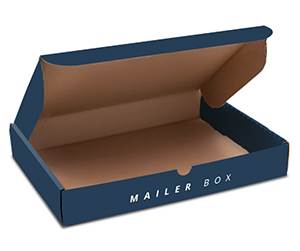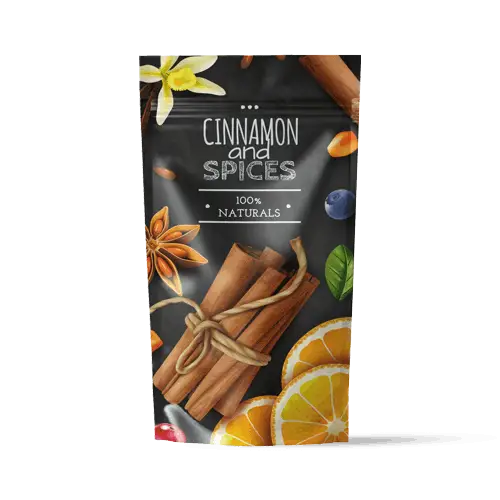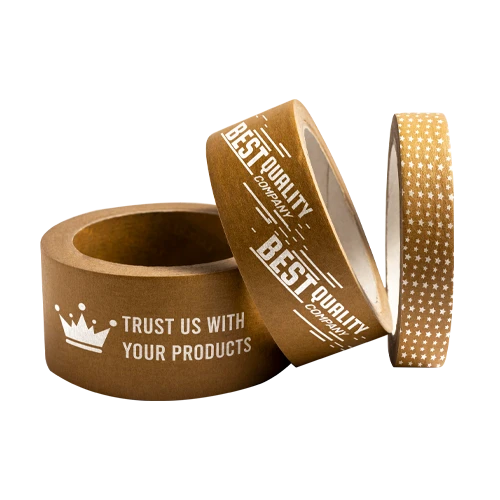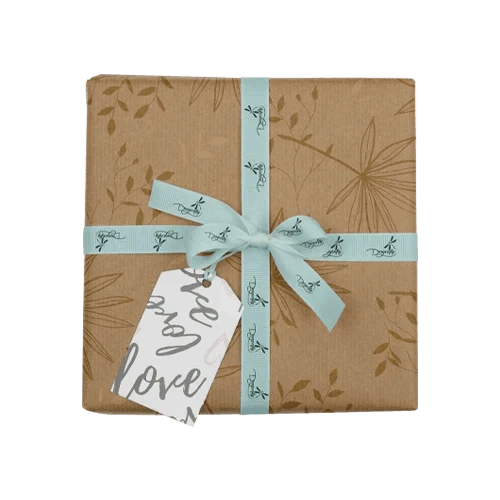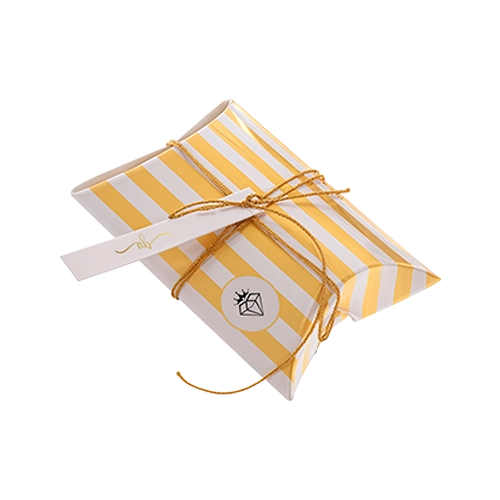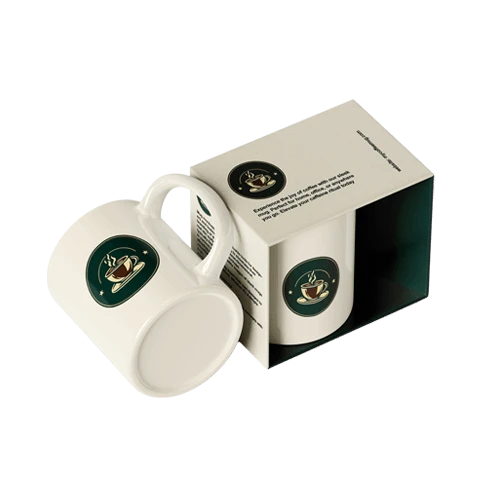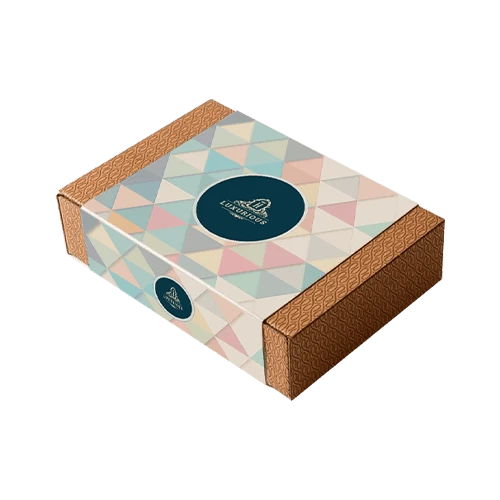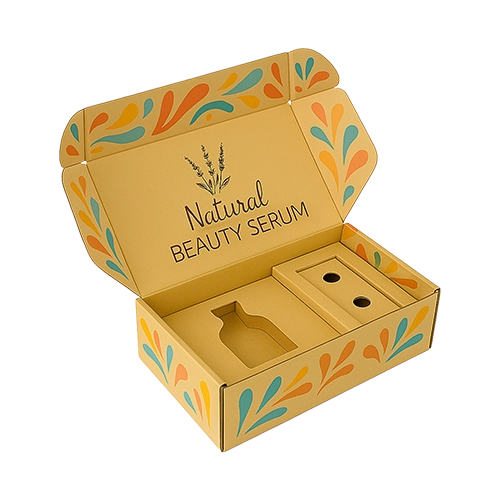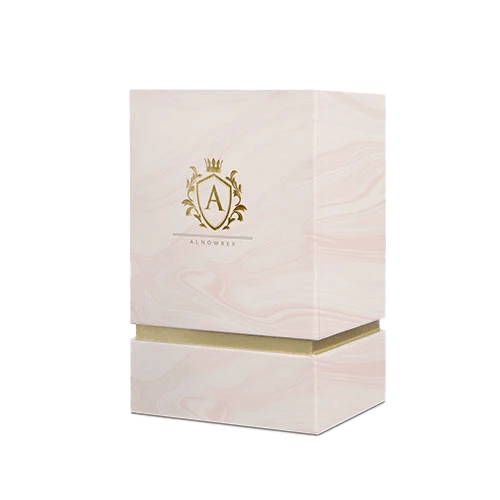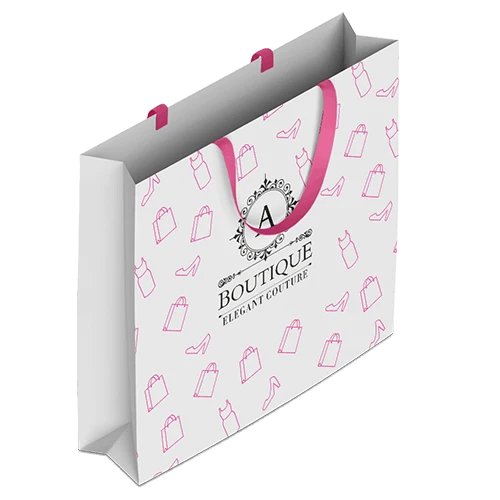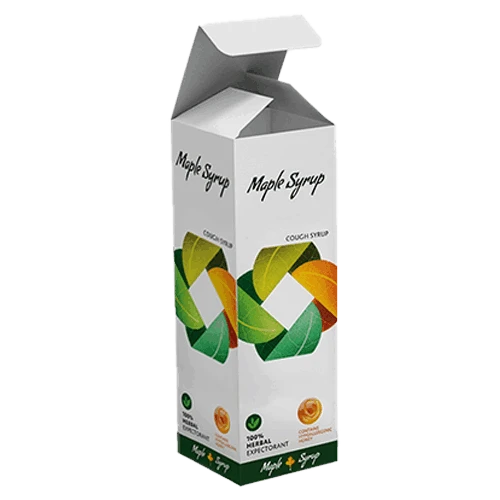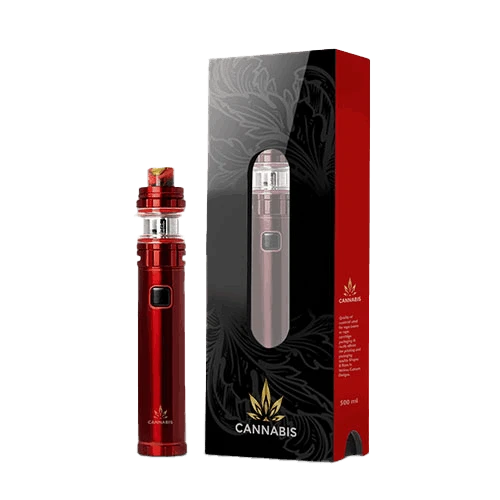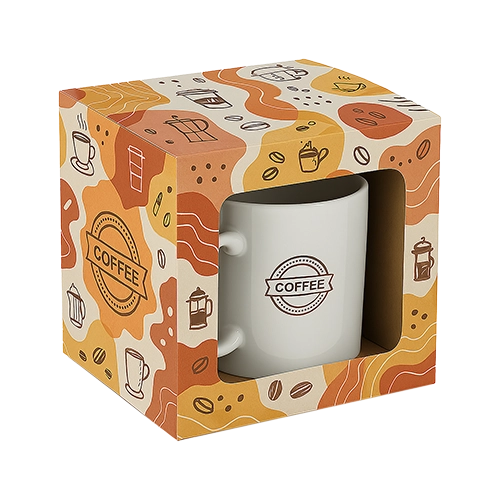Q:
What are corrugated Boxes?
A:
Corrugated boxes, more specifically known as ‘corrugated fiberboard boxes’, are made of corrugated stock. These boxes are strong, durable and offer higher damage, shock and compression resistance as compared to regular retail carboard boxes. In addition, corrugated boxes are a cost-effective and weight efficient shipping alternative to plastic, wooden or metal cases.
Q:
What does the term 'flute' refer to in the context of corrugated packaging?
A:
Corrugated stock is manufactured by gluing together two sheets of flat paperboard, typically referred to as linerboard, on either side of a wavy-shaped 'corrugation medium'. This wavy-shaped medium is often referred to as 'flute'. The flute is what gives corrugated fiberboard its strength and structure. Flute is available in multiple thickness options, such as B-flute and E-flute, depending on the specific strength and durability requirements.
The wavy-pattern of the flute often tends to be slightly visible on corrugated packaging as a series of parallel lines. The visibility of this pattern can be minimized by using a thicker cardboard instead of linerboard during the corrugation manufacturing process. Please make sure to communicate any such visual or aesthetic requirements to your account manager at the time of getting a price quote for your specific project.
Q:
What do the terms 3-ply corrugated stock and 5-ply corrugated stock refer to?
A:
3-ply corrugated stock has a sheet of flute glued in between two sheets of paperboard. This is also known as ‘single wall corrugated stock’ and is most commonly used for making cost-effective corrugated boxes and Custom-fitted corrugated inserts. On the other hand, 5-ply corrugated stock has two sheets of flute alternatively layered between three sheets of linerboard. Also known as ‘double wall corrugated stock’, this version of corrugated stock is sturdier and specifically used for heavier products.
Q:
Are corrugated boxes always brown?
A:
No, the inside as well as the outside of the corrugated boxes can be brown or white. You can also choose the boxes to be white on inside and brown on the outside and vice versa.
Q:
How should I measure the dimensions of corrugated boxes?
A:
In general, all boxes and especially corrugated boxes are measured from the inside. Inside dimensions are recommended because the corrugated board thickness can vary. For example, a box made of B-flute will not have the same outer dimensions as a box made from E-flute. With the box open toward you, here is how to get the correct measurements for the inside of the box:
- The length is measured from the inside edge on the left to the inside edge of the right side of the box.
- The width is measured from the front inside edge to the back inside edge of the box.
- The height is measured from the top inside edge to the bottom inside edge of the box.
Q:
Can you send me samples of your custom corrugated packaging?
A:
We can send samples of our recent print orders. Please submit a sample request and our sales representative will be in touch so that appropriate corrugated box samples can be sent.
Q:
Is white considered a printing colour?
A:
The simple answer is that it depends. White colour is typically not considered a separate colour for most orders. As white is typically the default colour of the underlying paper, it is simply recognized as the absence of any ink and thus not considered as a printed colour. On the other hand, in the case of corrugated boxes, white may be considered a printed colour if the target surface is brown. In short, when using coloured paper for particular projects, white ink may be used if any text or graphic requires it.
Q:
What styles or types of corrugated boxes can Printingblue produce?
A:
We can produce many different standard styles of corrugated boxes. In addition, we can also produce customised boxes to fit your specific requirements. Please send us the details and we will be happy to produce a free mockup for your review. Here is a list of some of the different corrugated packaging styles that we can produce:
Q:
Are these corrugated boxes suitable for shipping and transportation within Canada using FedEx, UPS, and Canada Post?
A:
Yes, these corrugated boxes are suitable for transportation and shipping. They are carefully crafted to be sturdy and dependable, ensuring your items arrive safely and intact. Our boxes are built to withstand the rigors of transportation and provide the necessary protection and structural integrity for worry-free shipping.



